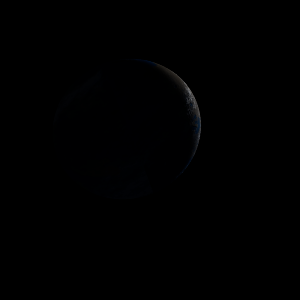|
|
Space Astro
|
Info for exoplanet "Proshali"
| Scientific (actual) data |
|---|
| Name | Kepler-224 d |
| Planet status | Confirmed |
| Radius | 0.205 |
| Orbital period | 11.3494 |
| Semi major axis | 0.089 |
| Discovered | 2014 |
| Updated | 2021-02-05 |
| Tconj | 2454970 |
| Impact parameter | 0.01 |
| Publication | Announced on a website |
| Detection type | Primary Transit |
| Alternate names | 2MASS J19234422+4721273 d, K00733.02, KIC 10271806 d, KOI-733 d, KOI-733.02, WISE J192344.22+472127.2 d |
| Star name | Kepler-224 |
| Right ascension | 290.93° |
| Declination | 47.36° |
| Mag j | 14.212 |
| Mag h | 13.722 |
| Mag k | 13.703 |
| Star distance | 799.75 |
| Star metallicity | -0.309 |
| Star mass | 0.74 |
| Star radius | 0.68 |
| Star temperature | 5018 |
| Star alternate names | 2MASS J19234422+4721273, KIC 10271806, KOI-733, WISE J192344.22+472127.2 |
| Wikipedia article | Kepler-224 d |
Back
| |
| Fictional info (?) |
|---|
| Suggested name | Proshali |
| Planet type | Warm planet |
| It has the longest rotation period (445 days) of any planet in its solar system and rotates in the opposite direction to most other planets.
It is the coldest planetary atmosphere in its solar system, with a minimum temperature of 53°K (-220°C), and has a complex, layered cloud structure with carbonyl sulfide thought to make up the lowest clouds, and molecular hydrogen the uppermost layer of clouds.
As seen from Kepler-224, in a frame of reference that rotates with the orbital motion, it appears to rotate only once every two years.
Having almost no atmosphere to retain heat, it has surface temperatures that vary diurnally more than on any other planet in its solar system, ranging from 130°K (-143°C) at night to 560°K (287°C) during the day across the equatorial regions.
. |
| Atmosphere | Molecular hydrogen | 58% |
| Carbonyl sulfide | 28% |
| Ammonia | 12% |
| Hydrogen peroxide | 2.2% |
| 2H2O | 0.069% |
| Atmospheric pressure | 12 bar |
 |
| No known satellites |
| Google search for Proshali |
|
Website by Joachim Michaelis
|
|
|
|